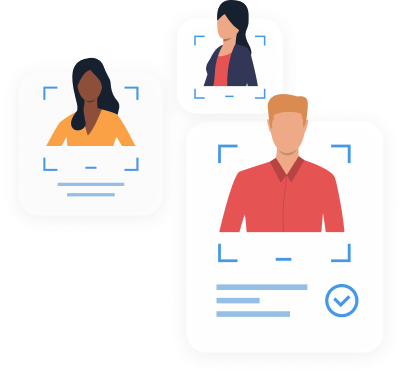Do you want to attend FREE Bootcamp of IT courses?
Do you want to learn & get a job in Data Science?
22 Jul 2022
How To Make Use Of Python In Data Science | Ekeeda

Ekeeda Moderator
Works at Ekeeda


Join our army of 50K subscribers and stay updated on the ongoing trends in the design industry.

I hope you enjoyed reading this blog post
Book call to get information about Data Science & placement opportunities

Your test is submitted successfully. Our team will verify you test and update in email for result.